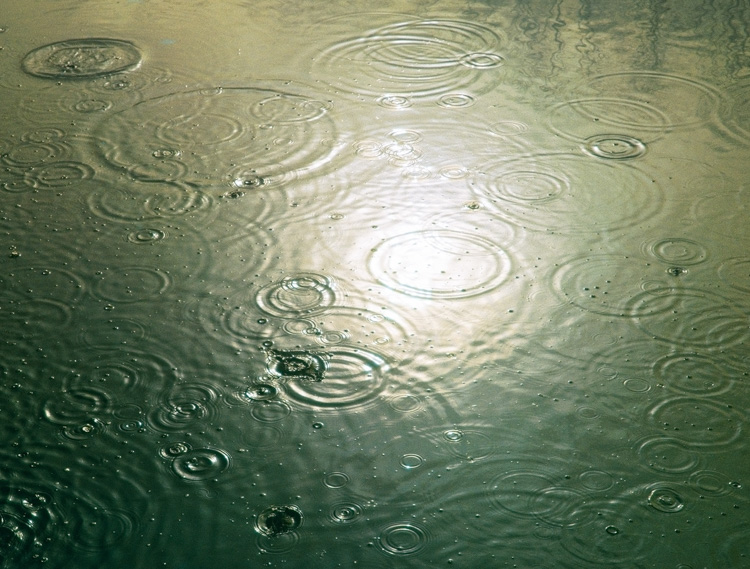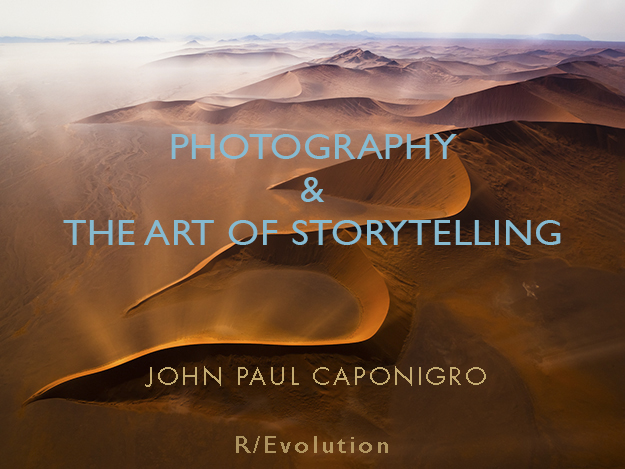Every Picture Tells A Story … But How Does It Tell It?

Visual stories can be simple or complex, quiet or dramatic, short or long ... the possibilities are endless.

Even in abstract images things happen, at the very least formal elements interact.


Sometimes stories are told with images through their relationships with other images.
Every picture tells a story. Every picture? Every picture!
Even abstract images tell stories. The stories they tell are not about their subjects. By definition, they don’t have subjects. Or do they? They have themselves. So they tell stories about themselves. They tell stories about the things that make them – color, line, texture, shape, proportion, etc. How all of those things relate is a drama of form.
How many kinds of stories are there? There are scientific stories that tell us what things are and how they work. There are historical stories that tell us how things were, how they changed, and what they’ve become today – some even speculate about how things will be tomorrow. There are emotional stories that tell us how people respond emotionally to things. There may be more kinds of stories, but these are the big ones. When it comes to images, the stories they tell are usually only about a few kinds of things. The images themselves. The things images contain. The processes things go through. The feelings people have in response to things and processes. The concepts created through interpretation. Things: Nouns. Processes: Verbs. Feelings: Adjectives and Adverbs. Concepts: Abstract Ideas.
So if every picture tells a story, one way to determine the strength of an image is to ask, “How strong is the story?” Put another way, one way to improve your images is to tell stronger stories. A story doesn’t have to be big or dramatic to be strong; it just has to be told well. Tell stories strongly. Tell them with stronger form; tell them by more clearly delineating actions; tell them by disclosing emotional responses more passionately; tell them by inspiring us to find the bigger picture beyond each picture or group of pictures.



